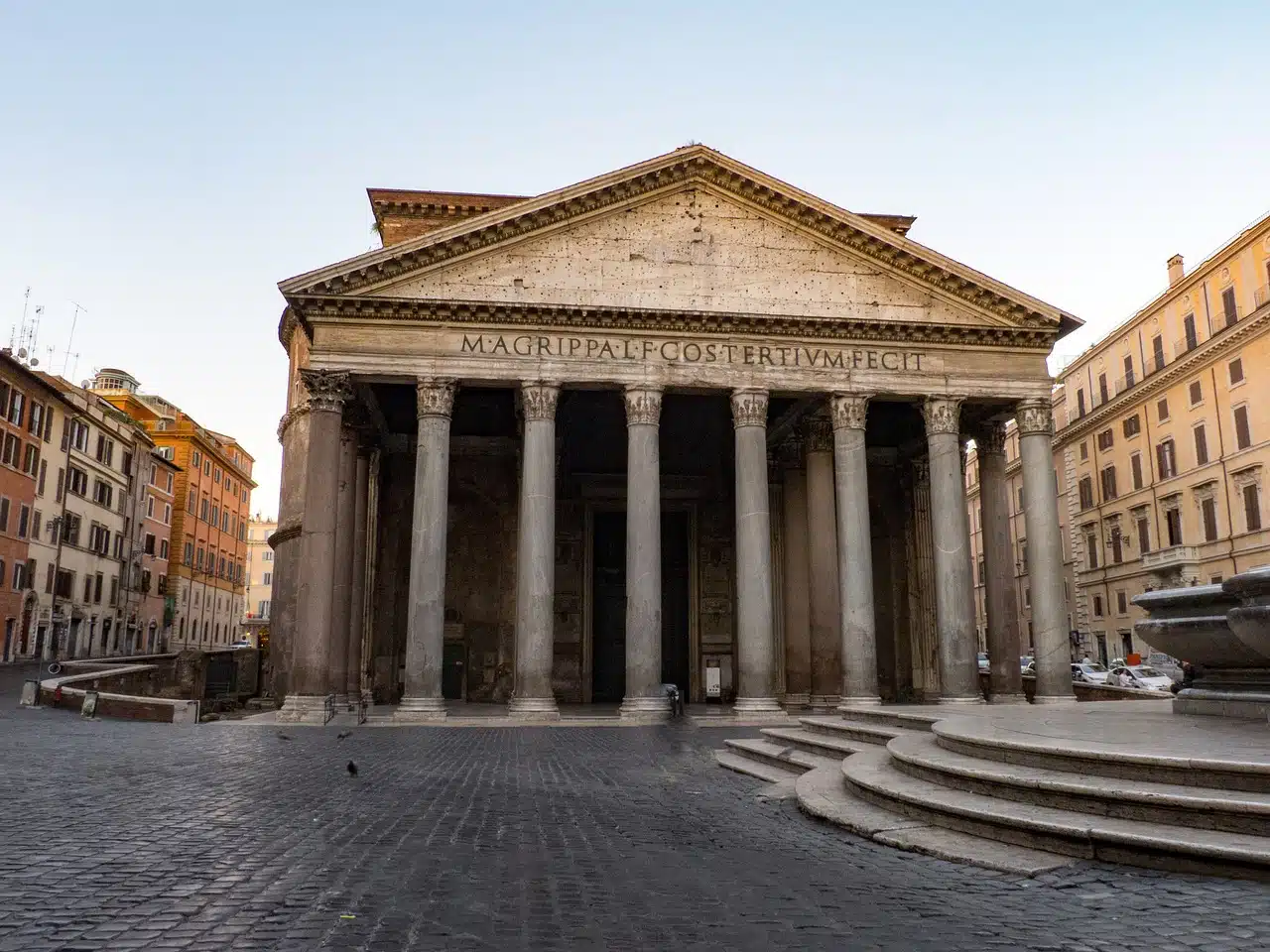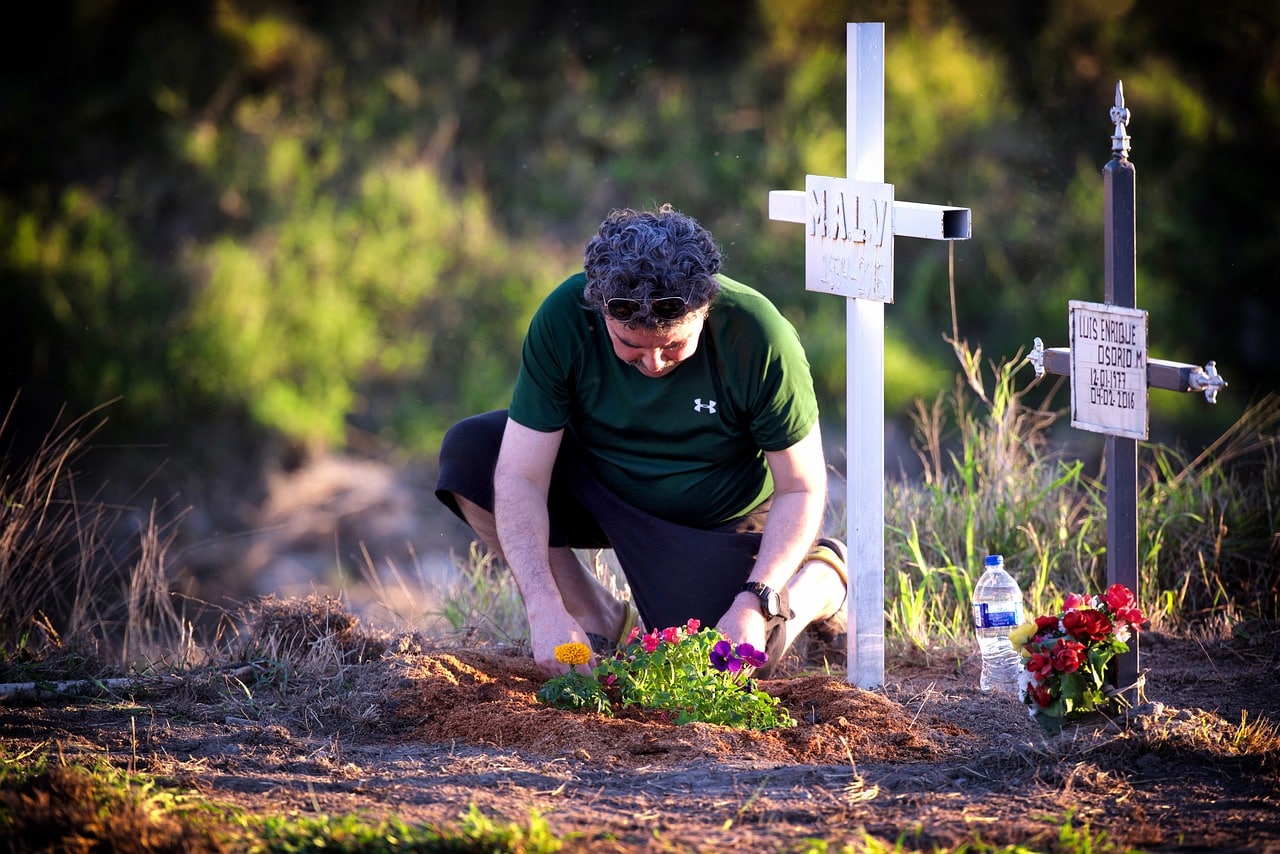
The Pantheon of Agrippa is located in Rome.
Pantheon is a word that has its origin in the Latin word Panthĕon , as the temple was called that, in Ancient Rome , was dedicated to all the gods . Hence, today, the concept is used to name a funerary monument where several people are buried, although it can also be used as a synonym for cemetery in some nations.
It is worth mentioning that, as a result of its original meaning, pantheon is usually associated with the so-called Pantheon of Agrippa , a circular-looking temple located in Rome and which is known, simply, as The Pantheon . This construction was inaugurated in the year 27 BC and renovated between 123 and 125 .
The Rotunda is also known as this aforementioned pantheon, which is visited annually by multitudes of tourists who do not miss the opportunity to admire it in situ. Specifically, among its most significant elements or aspects are the dome, a hemispherical dome that has an oculus 9 meters in diameter, or the pronaos, which is characterized by its eight columns.
The Pantheon of Paris
The Pantheon of Paris , for its part, is a monument located in the Latin Quarter . Its construction began in 1764 and it currently houses the remains of personalities such as Voltaire , Jean-Jacques Rousseau , Victor Hugo , Jean Jaurés and Émile Zola .
This aforementioned Parisian monument is characterized, among other things, by the fact that it was one of the first neoclassical buildings in the country. And all this without forgetting that in addition to the aforementioned characters, other important figures in world history also rest on him, such as the chemist Marie Curie , Louis Braille - who invented the reading system for the blind that bears his name - and the politician Jean Jaurés. .
A Madrid building
Madrid , for its part, has the Pantheon of Illustrious Men , a neo-Byzantine style building located in the Retiro district, and the Pantheon of the Kings , which is preserved in the Monastery of El Escorial .
In the aforementioned first Madrid pantheon, it must be emphasized that there are the remains of great figures in Spanish history such as, for example, the politicians José Canalejas , Práxedes Mateo Sagasta and Antonio Cánovas del Castillo . The funerary monuments that are established in their tombs are praised for the artistic beauty they possess, as is also highlighted the value of the well-known Monument to Freedom , which is the Joint Mausoleum of the sculptors Sabino Medina , Ponciano Ponzano and Federico Aparici .

Pantheon can be used as a synonym for cemetery.
Other examples of pantheons
The National Pantheon of Venezuela in Caracas (built in 1874 ) and the one named the National Pantheon of Heroes (located in the Paraguayan city of Asunción ) are other monuments of this type.
In the heart of the Paraguayan capital is where this aforementioned pantheon is located, which is considered an authentic artistic jewel due to the wealth and value it possesses both from an architectural and cultural point of view.
More uses of the concept
As a synonym for cemetery, the term pantheon is used in Mexico and other American countries. For example: “The silence of the pantheon makes me nervous,” “They say that strange things happen at night in the pantheon.”
Pantheon, finally, can be the set of all the gods of a mythology or a religion and the set of the greatest figures of a discipline : “Emanuel Ginobili has already entered the pantheon of Argentine sports idols.”
